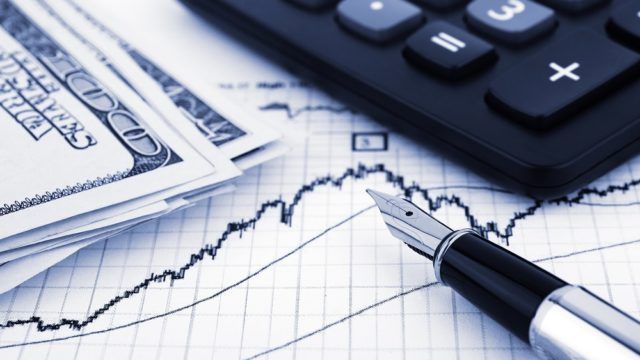The research firm unveiled how it is reorganising its forward-looking fund ratings methodology and the main takeaway is that fees will carry a more significant weight in analyst ratings than in the past.
“We’re setting a higher bar for actively-managed funds,” said Jeff Ptak, Chicago-based global director of manager research, who spoke at a Hong Kong media briefing yesterday.
“The more fee running through a fund, the harder it’s going to be to get a gold, silver or bronze rating.”
The rating scale is not changing, but the process by which an analyst arrives at a rating is.
Previously, the firm used five pillars to arrive at a forward-looking fund rating: people, process, parent, performance and price.
The new methodology will fold performance into people and process and together with parent there will be three pillars, with the following weightings:
Actively-managed funds (includes strategic beta)
| People | Process | Parent |
| 45% | 45% | 10% |
Index funds
| People | Process | Parent |
| 10% | 80% | 10% |
Fees will be a swing factor, subtracted from the preliminary result to determine the final forward-looking rating.
Notably, fees will now apply across share classes of an individual fund. Share classes tend to have different fees – typically lower charges for the institutional share class and higher for retail. With fees the determinant, each share class of a fund could have a separate rating, based on price.
Additionally, Ptak said that the asset management industry will be able to infer what the value-add is for investment styles.
“It will be no leap to know what the maximum charge is that can be levied,” he said.
“Suppose in a given fund category, a skilled active manager could deliver 100 basis points in pre-fee alpha. If you’re charging more than 100 basis points, you’re underwater.”
The new methodology will apply globally across the roughly 3800 funds Morningstar covers. As a rough estimate, the number includes 3500 active funds (which includes strategic beta) plus 300-400 passive funds, Ptak said. Out of the total, about 700 funds are in Asia.
The changes will take at least one year, he added.
Fee pressure trend
The firm’s fee emphasis is in line with global trends. Global inflows into low-fee passive products are on an upward trajectory and in the US, passive assets for the first time exceeded active fund assets this year. Meanwhile, high fee active funds that hug the benchmark are being outed by research and losing assets.
Morningstar has long maintained that there is a “clear link between fees and performance” and the charges for funds are the most reliable indicator of future performance across asset classes.
In a 2016 study, the firm found that the cheapest-quintile equity funds were three times as likely to succeed as the priciest quintile, a result that was similar across asset classes.
“[F]irms with high fees are unlikely to offer above-average performance. Low-fee funds give investors the best chance of success over the long term,” the report concluded.
It is unclear whether the new methodology will add downward pressure on fund charges in Asia. Hong Kong has been exposed as a high fee jurisdiction, and in Asia, private bank distributors still receive a 50% or more commission on fund fees, unlike the UK or Australia, for example, which eliminated “clawbacks”.
Ptak said so far the industry “is in a wait-and-see mode”.
“[The ratings revamp] has elicited reactions from some with ‘particular business models’ and also distributors,” he said.
“We’re being transparent saying that fees matter and it’s enshrined in our methodology. It’s up to the industry to decide how to receive this and what conclusions to draw from it.”

















